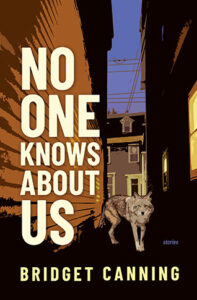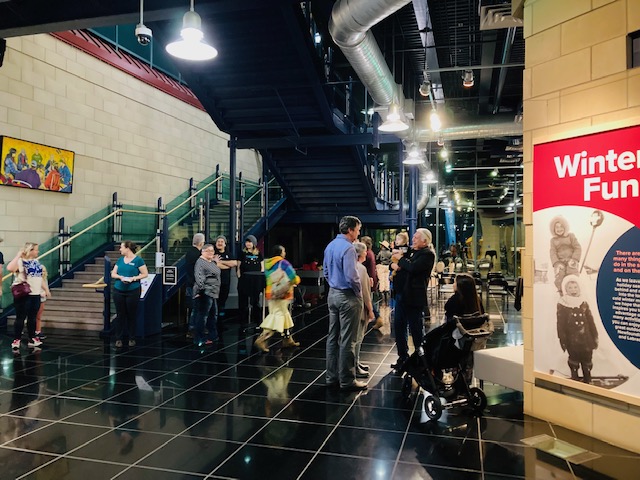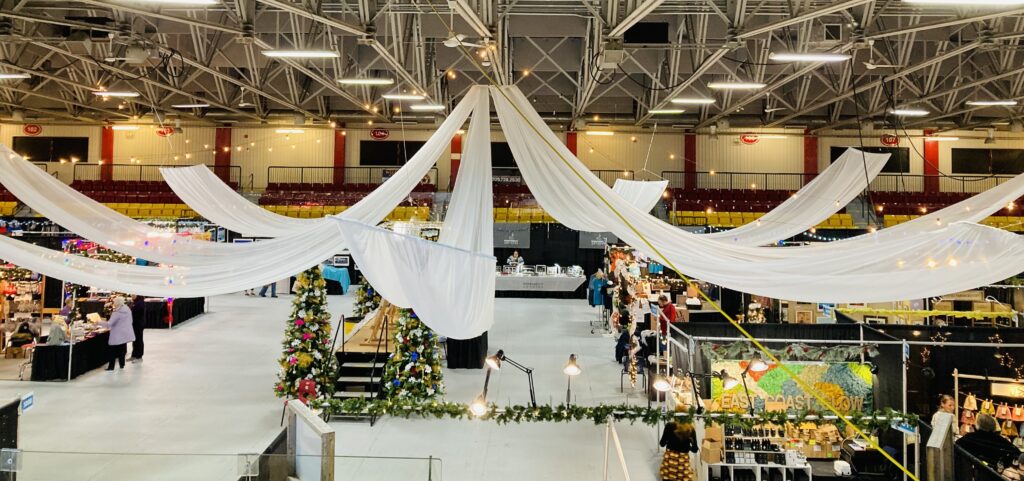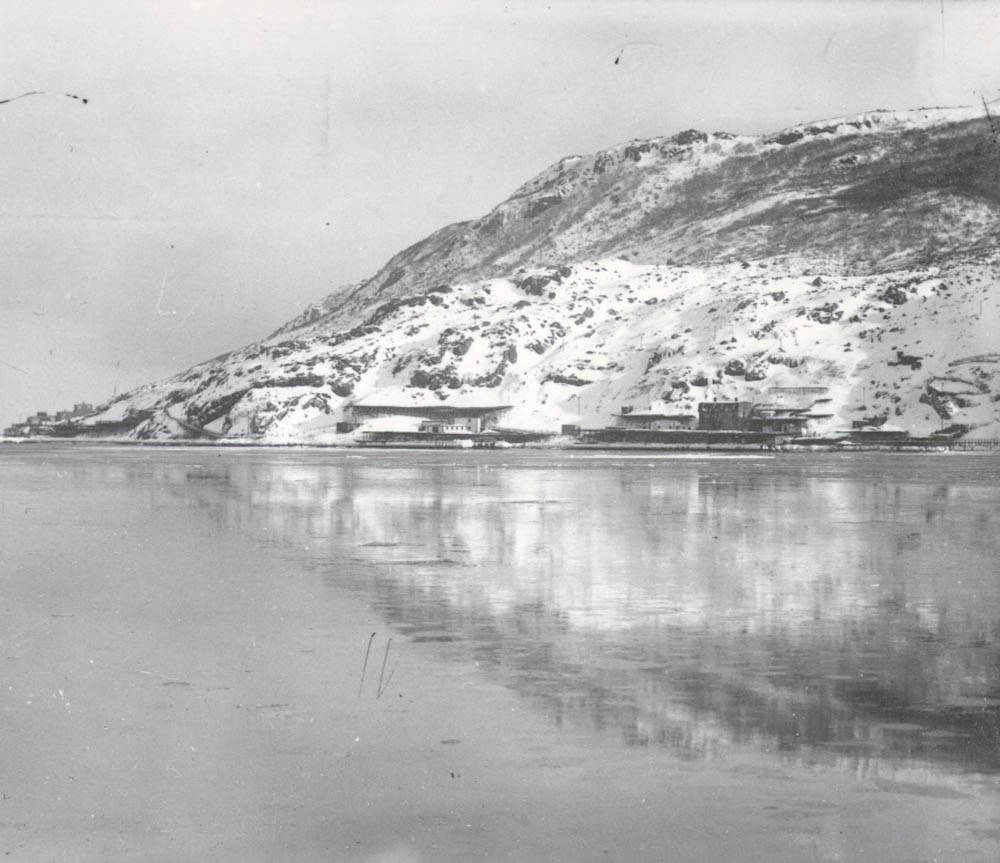Bridget Canning: I will work on something until I get to a point where I “can’t see it any more” and it’s very easy to get discouraged. That’s when I know I need a break
January 2023
Can you tell us a little about yourself?
Pretty much my life is writing and teaching writing. I’ve been teaching in some form or another since 2003 and have been writing most of my life. I grew up in Highlands on the west coast of NL and moved to St John’s for university when I was 17. I’ve lived and worked in Toronto, Taiwan, Forteau, Burin, and Clarenville, but for the past ten years I’ve been back in St John’s. I love this province and feel extremely lucky to be able to write and publish stories that take place in Newfoundland and Labrador.
No One Knows About Us is your first short story collection, but you’ve also published two novels (The Greatest Hits of Wanda Jaynes, and Some People’s Children). Do you work on both kinds of writing at the same time – and it is appropriate to call them different “kinds” of writing?
I always have more than one writing project on the go. When writing, I will work on something until I get to a point where I “can’t see it any more” and it’s very easy to get discouraged. That’s when I know I need a break from it. So, I’ll put it down and dive into something else. Then, in a week or a month or six months or whenever, I’ll get sick of that thing and pick up the other thing. It’s a long process, but it works most of the time. Most of the time, the breaks help me see clearly what works and what doesn’t.
I would definitely call writing a novel and writing a short story different kinds of writing. With a novel, a lot of the work is just getting it down in the first place. I usually compare writing a novel to building a house – the first draft is just digging the hole in the ground for the foundation. When I’m working on a novel, I don’t worry too much about overwriting or organization – I’m just getting it down and will sort it out later.
Meanwhile, a short story is more like … building a Jenga tower maybe? There are so many elements at work and anything could set it off balance. And the elements are everything – when I’m writing a short story, it’s usually about a particular moment, one occurrence in someone’s life so the decisions on what to show and how much of it have to be well thought out early on. Short stories can be prickly things.

Can you share any news about the film adaptation of Wanda Jaynes?
We have a script and a team and are applying for funding this year. Fingers and toes are crossed.
I was particularly taken with the linked Gutless Wonder stories. This may be a naive question – but why do your characters make bad decisions?
To this, I would ask, does anyone really want to read about people making good choices? I think the only stories where we see characters consistently make the wisest decisions are in fairy tales, which are aimed at children and pragmatic for a purpose. It’s after childhood that we learn more from our mistakes than our successes, especially in adolescence when we go to lengths to satisfy our curiosities and figure out who we are.
I try to get into the mindset of my characters and when I’m writing, sometimes the story ends up taking a different turn because I realize the character feels so strongly in a particular circumstance that they would act impulsively or rationalize making a bad or selfish choice. And really, if you consider who is the hero and who is the villain, in both cases, the character believes their choice or way of thinking is correct. I think that’s why we tend to enjoy a good villain or monster story – knowing what motivates bad decisions can humanize a character.
What’s next for you?
I have a couple of very rough drafts on projects which I think will be novels. I’m taking turns picking them up and putting them down at the moment.
No One Knows About Us ($22.95) is available from Breakwater Books



